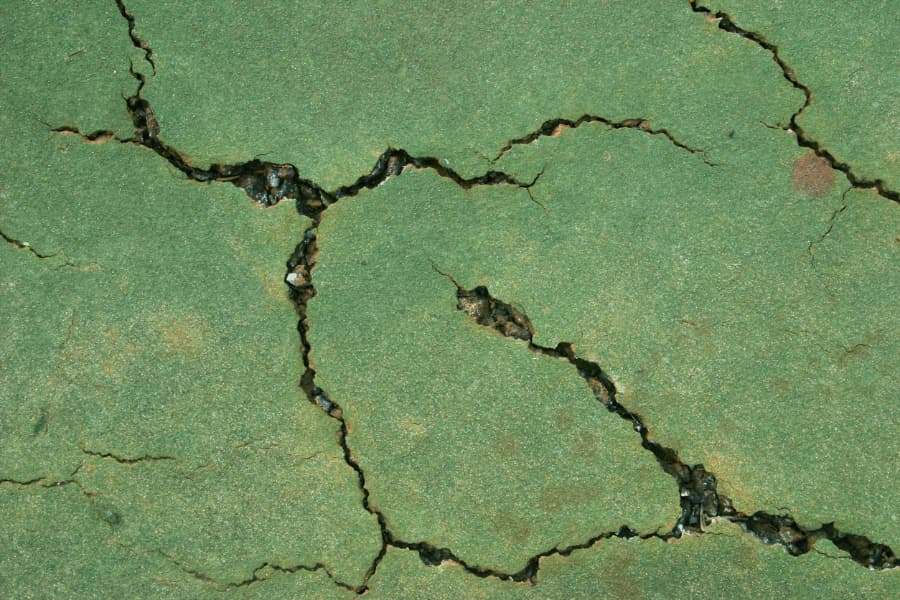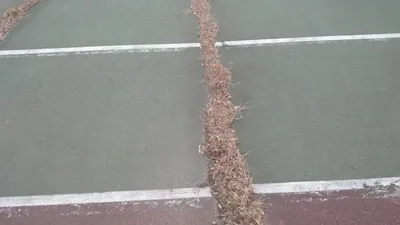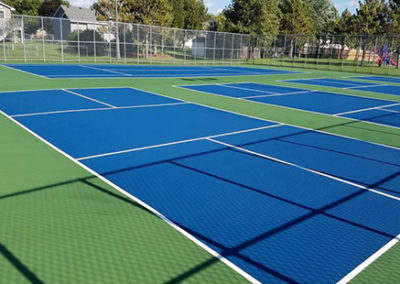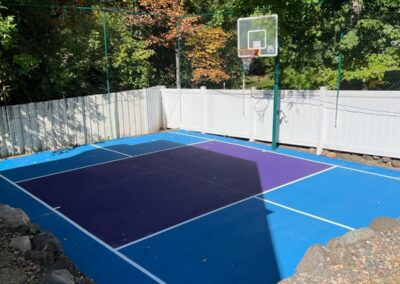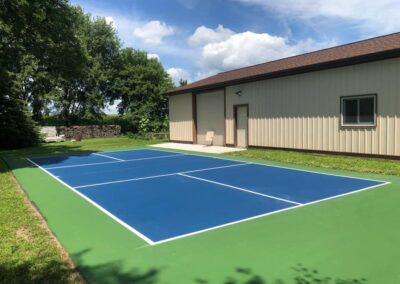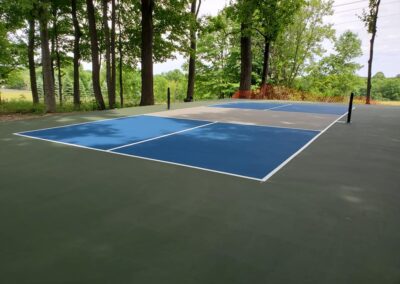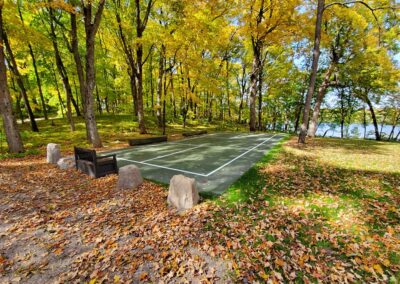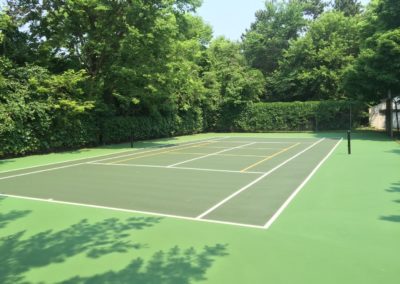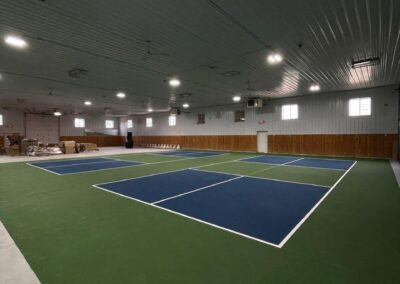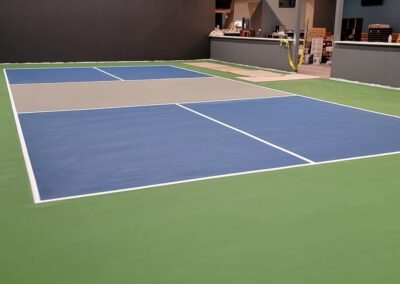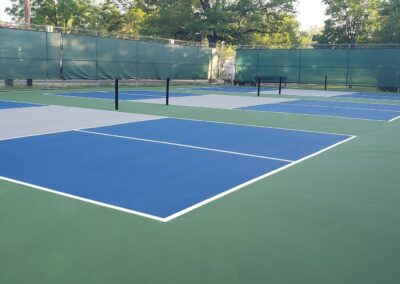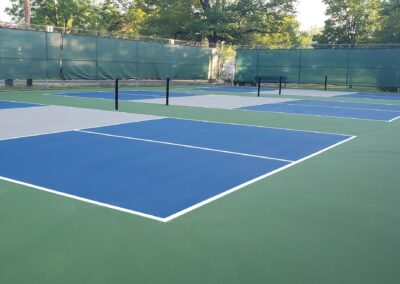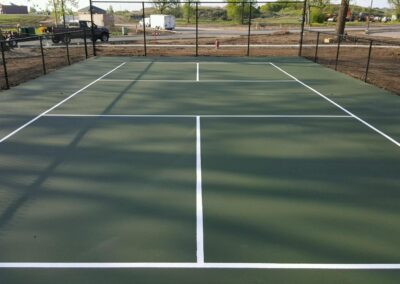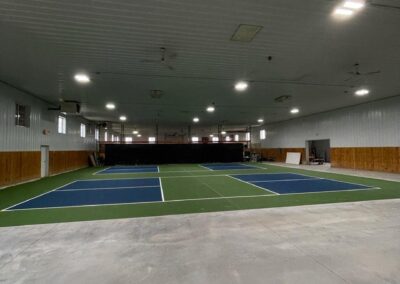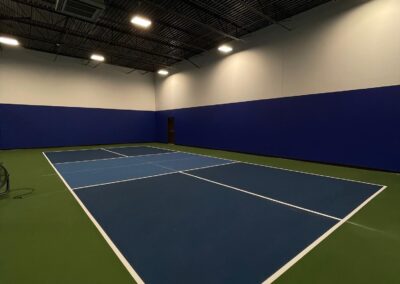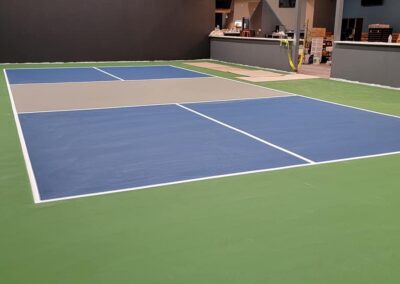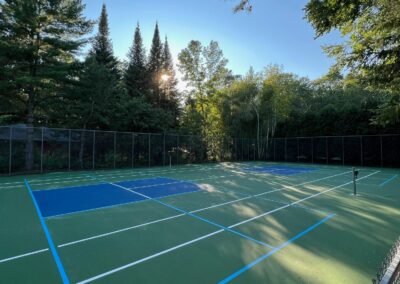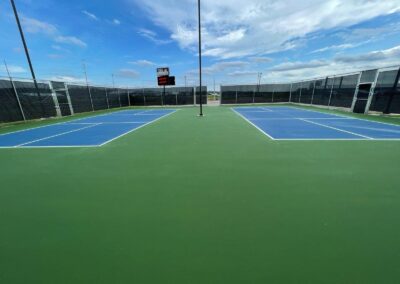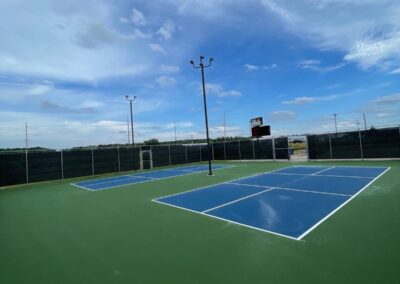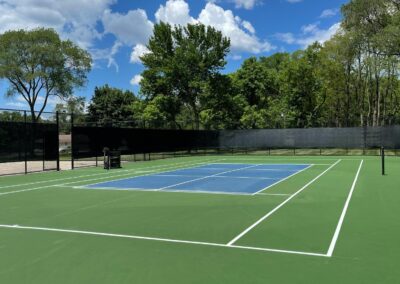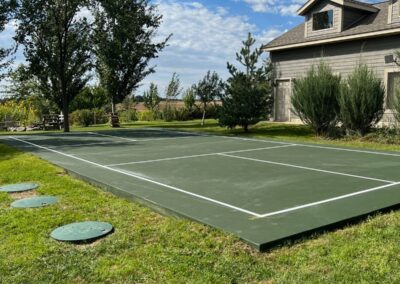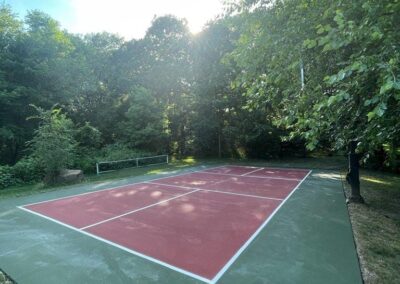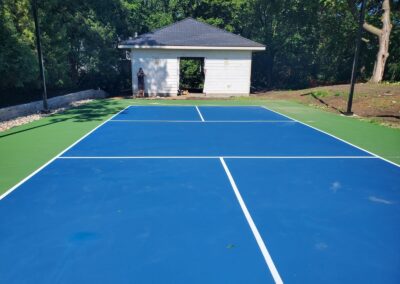COURT MAINTENANCE
MAINTAINING COURTS!
Maintaining an acrylic tennis court involves several steps to ensure the surface remains smooth, safe, and suitable for playing. Here is a step-by-step guide on how to maintain an acrylic tennis court:
- Cleaning: Regular cleaning is essential to maintain the appearance and longevity of an acrylic tennis court. Use a low pressure washer to remove dirt, dust, and debris from the surface. Avoid using cleaning chemicals, as they can damage the court’s surface.
- Sweeping: After cleaning, use a broom or brush to sweep the surface in a back and forth motion. This will help to remove any remaining debris and spread any puddles of water evenly.
- Cracks and holes: Check the surface for any cracks, holes or other damage and repair as necessary. This will prevent further damage to the surface and ensure that the court remains level and smooth.
- Resurfacing: Resurfacing the court is typically required every 3 to 5 years, depending on usage and maintenance practices. The resurfacing process involves applying a new layer of acrylic coating to the surface to restore its original appearance and playability.
- Watering: Watering the court regularly is necessary to maintain its slip resistance and durability. Use a hose to sprinkle the surface evenly and avoid pooling of water in any one area.
- Netting and lines: Check the netting and lines regularly to ensure they are secure and in good condition. Repair or replace as necessary to prevent accidental tripping or slipping.
- Sun exposure: Protect the court from excessive sun exposure to prevent fading and damage to the surface. Consider installing shade structures or planting trees around the perimeter of the court.
By following these steps, you can maintain an acrylic tennis court that is safe, playable and aesthetically pleasing for many years to come.
WHY DO COURTS CRACK!!
Outdoor asphalt tennis courts crack due to a combination of environmental, structural, and material factors. Here’s a breakdown of the primary reasons:
-
Temperature Fluctuations: Asphalt expands in heat and contracts in cold weather. Over time, repeated thermal expansion and contraction weaken the material, leading to cracks. Freeze-thaw cycles are especially damaging—water seeps into the asphalt, freezes, expands, and then thaws, creating stress that causes cracking.
-
Moisture Infiltration: Rain, snow, or poor drainage allows water to penetrate the asphalt surface or its underlying base. This softens the subgrade (the soil or gravel beneath) and erodes support, leading to surface cracks. If water gets trapped and can’t drain properly, it accelerates deterioration.
-
Subgrade Issues: If the ground beneath the court isn’t properly compacted or stabilized during construction, it can shift or settle unevenly over time. This movement puts stress on the asphalt, causing it to crack. Tree roots or expansive soils (like clay) can also push up against the surface and create fractures.
-
Wear and Tear: Heavy use, especially from foot traffic or equipment, wears down the asphalt. Over time, the surface loses flexibility and becomes brittle, making it more prone to cracking under pressure.
-
Aging and Oxidation: Asphalt contains oils that keep it flexible. Exposure to sunlight and air causes these oils to break down through oxidation, making the material stiff and brittle. Older courts are more likely to crack because they can’t flex as well under stress.
